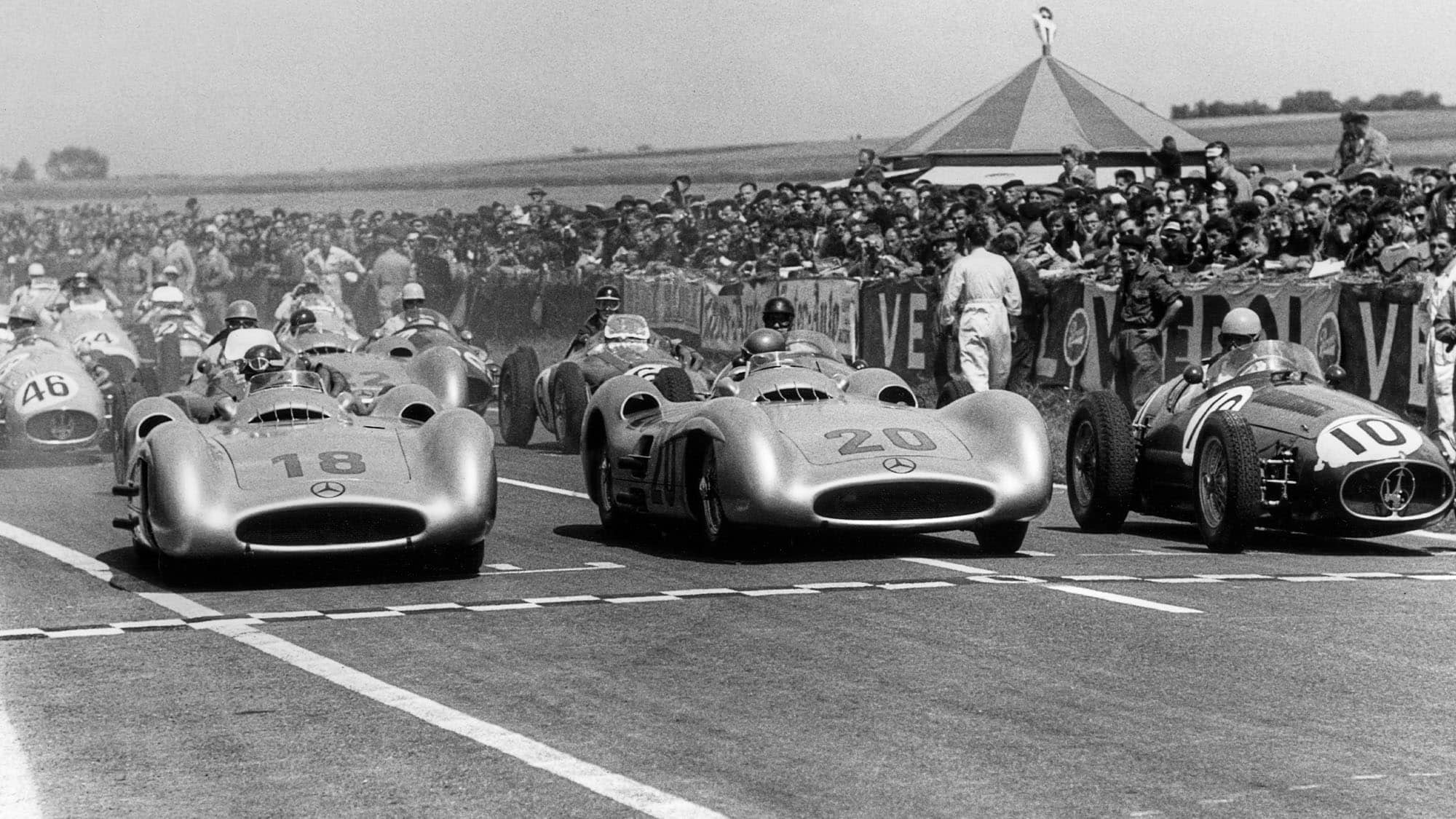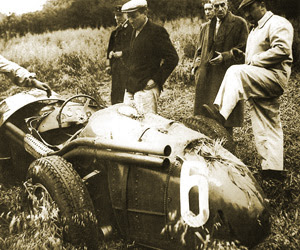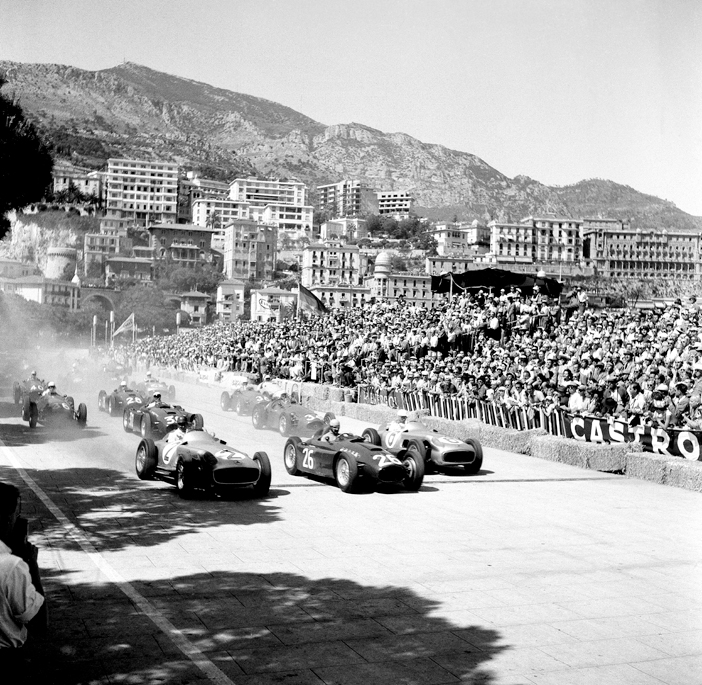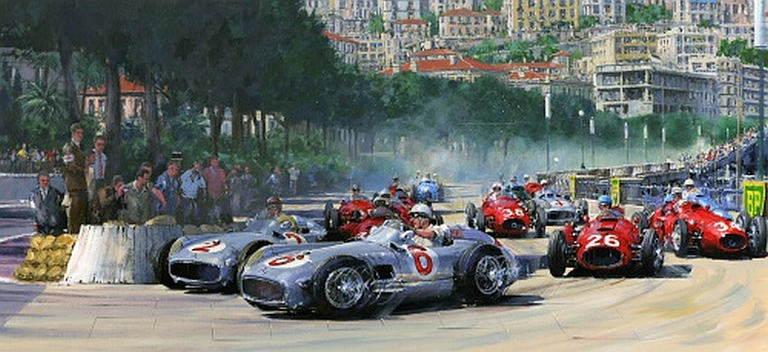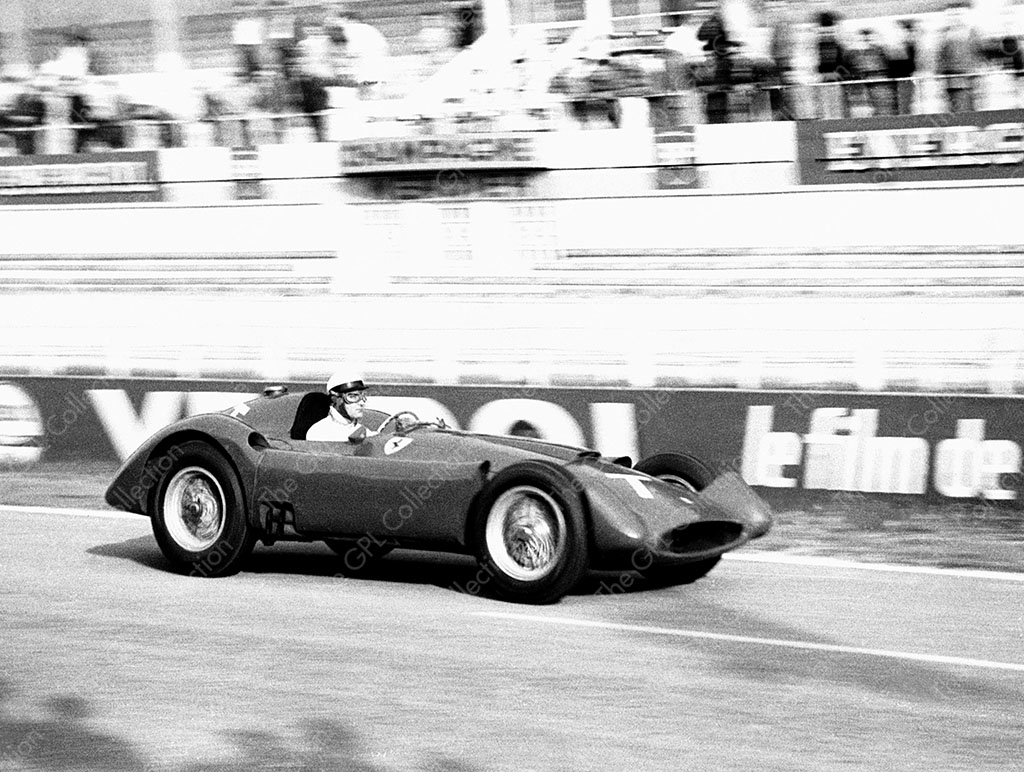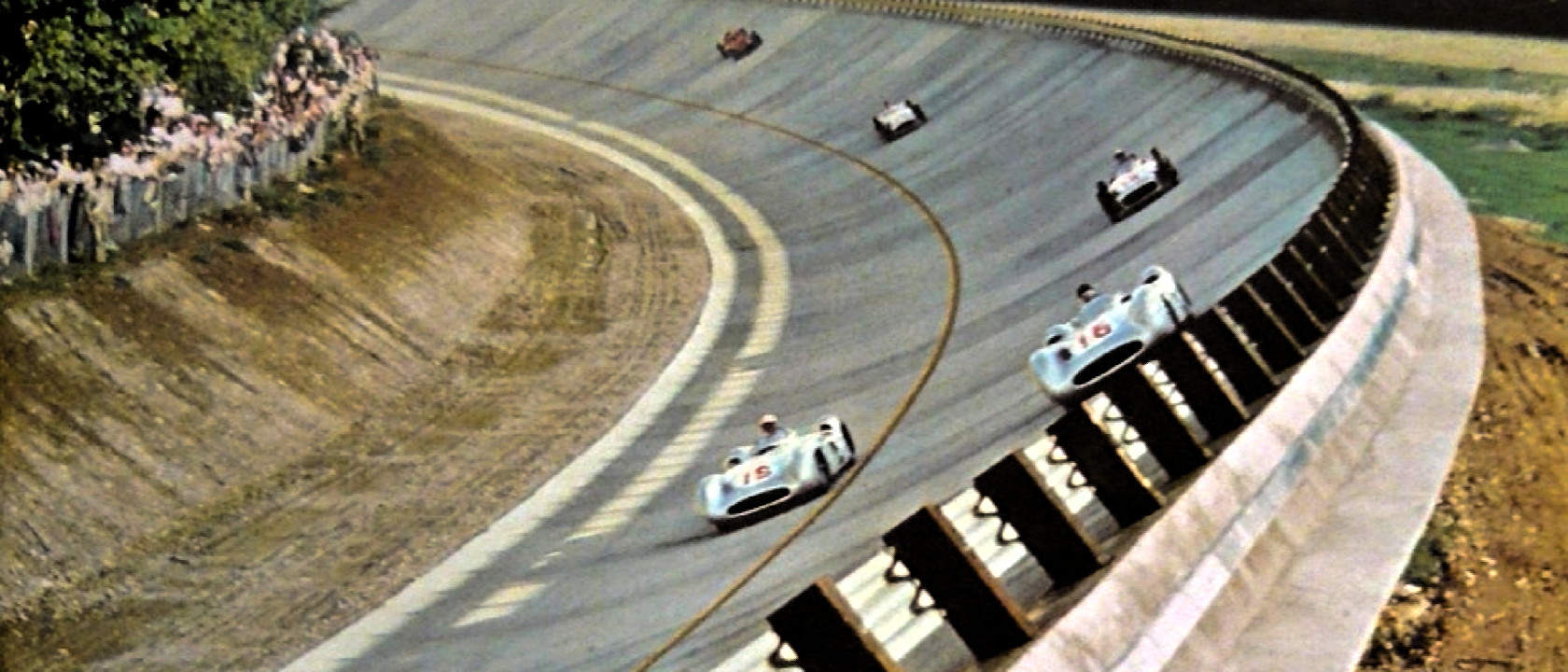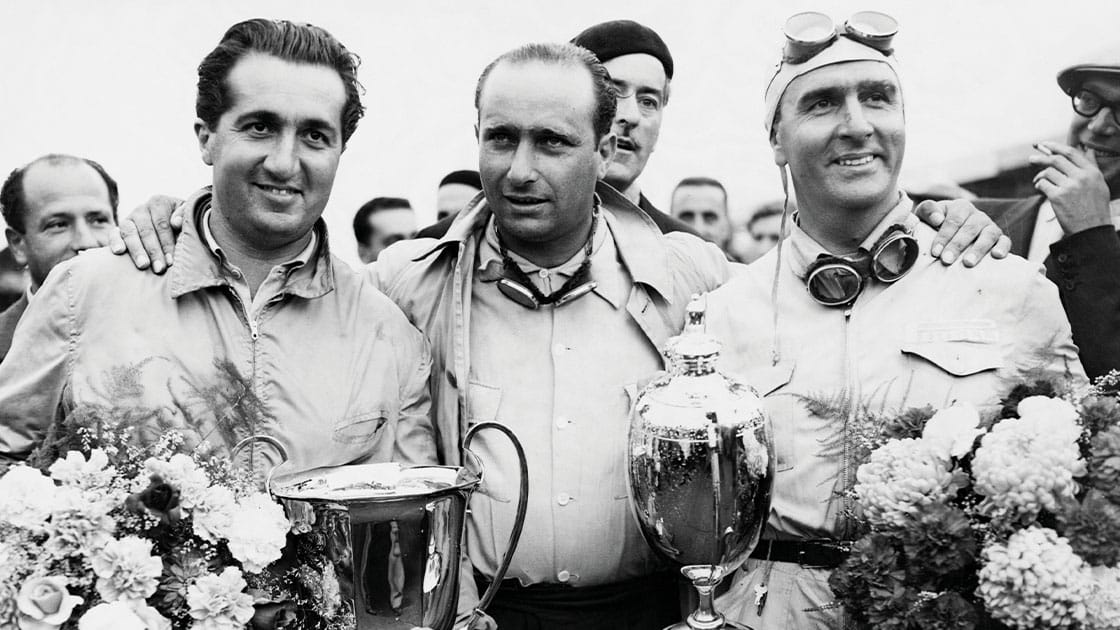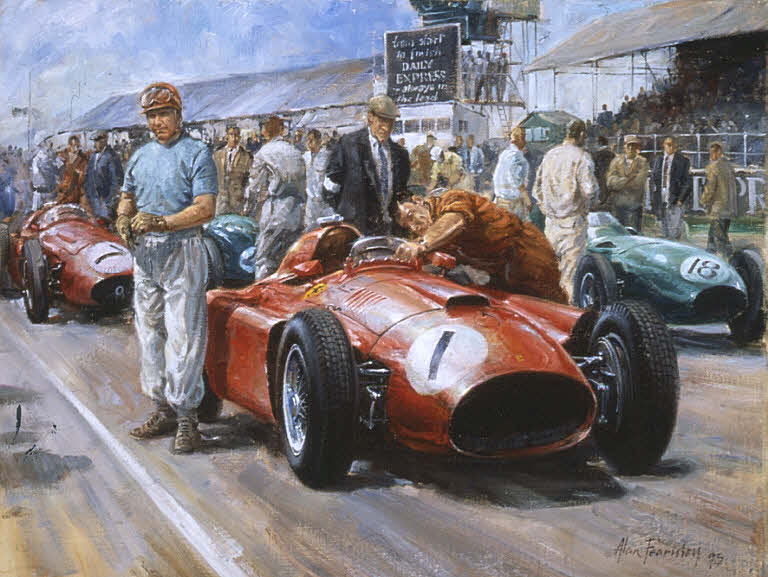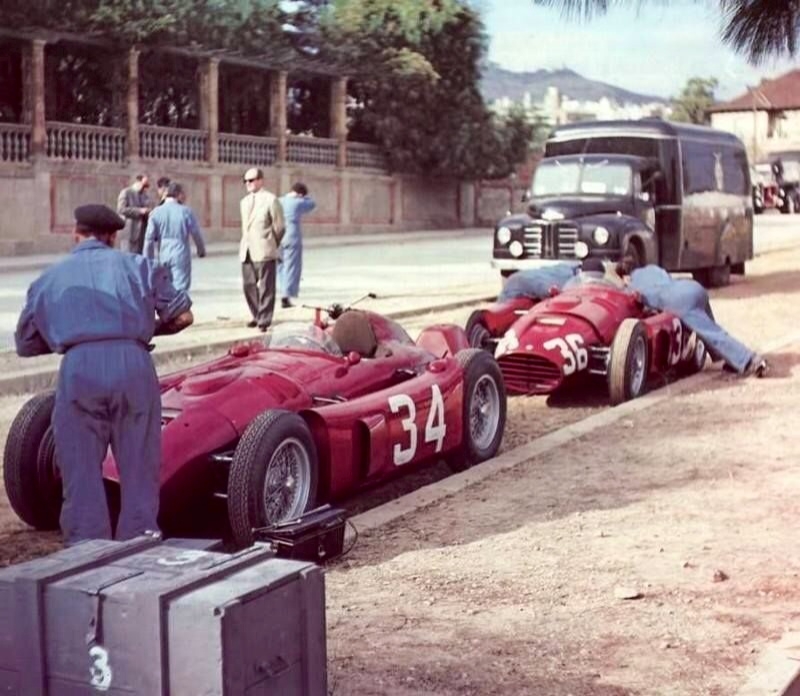Introduction
Grand Prix
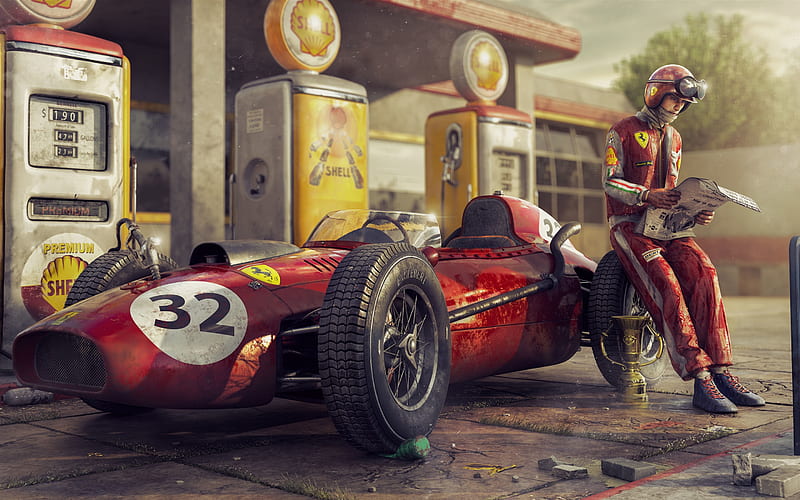
"Introduction"
The year is 1954, and Grand Prix Racing is entering its 8th official season since the end of the Second World War. The Golden Age of Grand Prix Racing had died long ago in 1939 when the War began, and the names of Tazio Nuvolari, Rudolf Caracciola, Bernd Rosemeyer, Hans Stuck, Manfred von Brauchitsch and Guy Moll have been carved into the history books as the sport's greatest of that era. Some of the old dogs carried on, like Jean-Pierre Wimille, Achille Varzi and Luigi Fagioli, but fate caught up with almost every single one of the guys. Now though, with this new season on the horizons, the post-war era was slowly entering its swing after years of relying on old pre-war machinery, with the 2.5 litre regulations bringing power back to the sport. Nonetheless, the past is now behind us, and many hope that this new season will bring back the excitement, following two years of Ferrari and Alberto Ascari dominance.
"Introduction"
Alberto Ascari driving through Eau-Rouge, or is it Radillion?
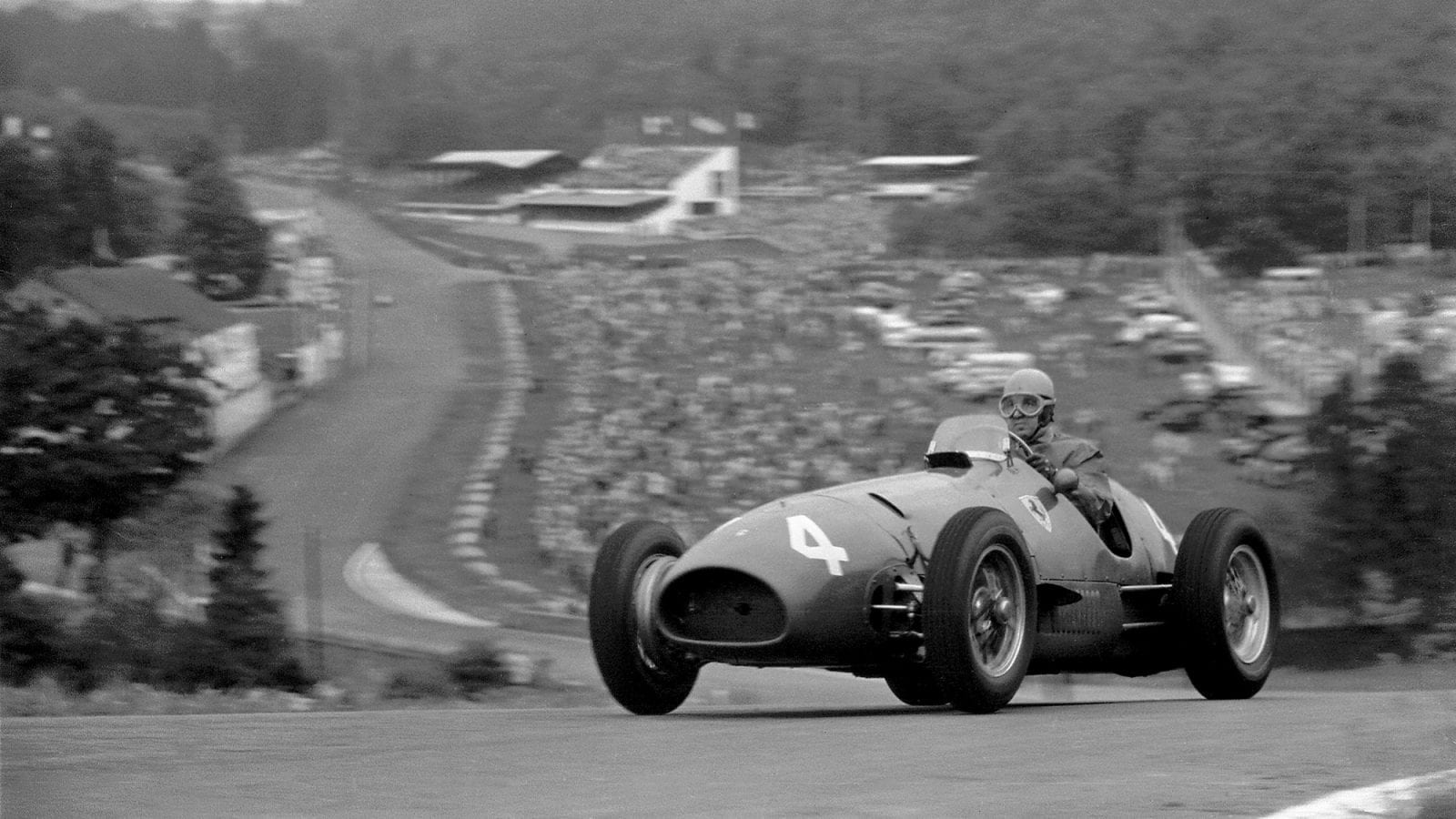
With the new season on the horizons, Grand Prix racing is approaching its 30th anniversary, with the first official FIA-sanctioned season occuring in 1925. Robert Benoist won that one with just one win, and it was also during the era of "The least points, the better". Who knows who would've been the champ in some seasons had the points system actually been normal since day 1. But that's just how Formula 1 and Grand Prix racing is - they do it the opposite way. The first four years saw utter domination by the French, with Bugatti being the early benchmark with the beautiful Type 35, but the late 20s and early 30s saw the emergence of a titanic, but gentlemanly rivalry between Achille Varzi and Tazio Nuvolari. These two practically exchanged win after win for three years, with Louis Chiron playing catch up every single time, and it only took a heavy morphine addiction for Varzi to pull out, leaving Nuvolari and Alfa Romeo to dominate. The Alfa Romeo P2 and the subsequent P3 remain as the most successful racing cars of all time, with the P3 winning three consecutive championships, 66 podiums and 22 wins, and it was only rivaled by the new Mercedes and Auto Union machines that were sponsored by the Nazi government.
Achille Varzi and Tazio Nuvolari
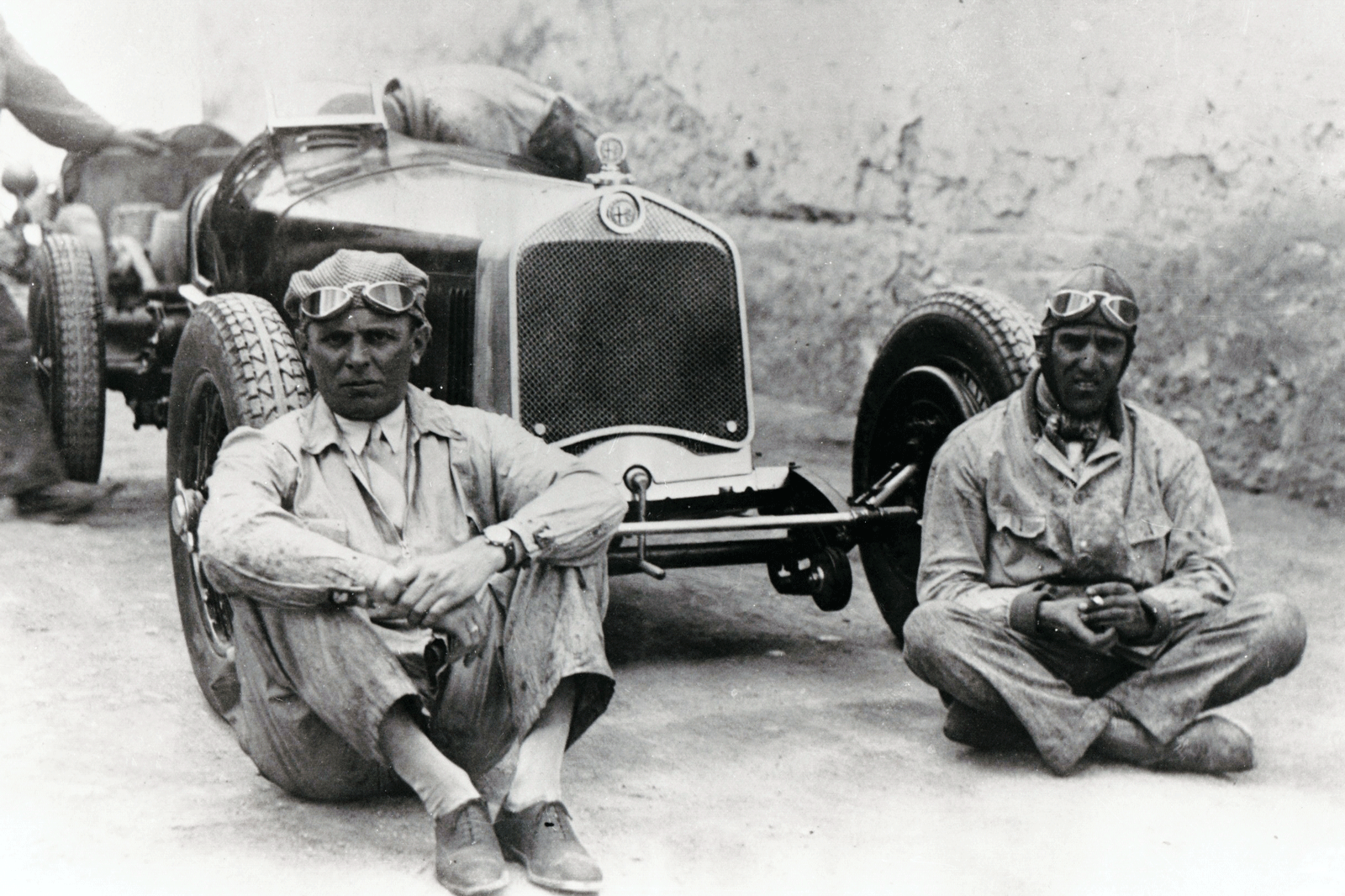
Nonetheless, Rudolf Caracciola was true gentleman racer and the first to bear the name of "Rainmaster", due to his immaculate car control at rain, but he faced his own competition in Manfred von Brauchitsch and Bernd Rosemeyer, who chased him year after year. Britain had their own Richard Seaman to cheer for, and the young man was destined for greatness, until his tragic accident in Belgium, where he remarked to the Mercedes chief engineer, "I was going too fast for the conditions – it was entirely my own fault. I am sorry."
Rudolf Caracciola in the Mercedes

Who knows where would the regulations have gone had the War not started on the September 1st, consequently putting Grand Prix competitions at a halt. Alfa Romeo was developing a rear-engined beast, while Mercedes and Auto Union had their own plans with cars that would've suited the eventual Formula One regulations for 1947. The post-war era started with the previously underpowered Voiturete machines being used for racing, and Alfa Romeo had the advantage with their old, but dominant 158. Alberto "Il Ciccio" Ascari was the wonderboy of the future, mentored by his dear friend Gigi Villoresi, while Juan Manuel Fangio caused a stir by becoming the first non-European to win the European Championship. Still, Grand Prix was immensely stagnant by 1953, with it effectively running on Formula 2 regulations. Still, here's hoping that the 1954 regulations will bring back that excitement, and with Mercedes returning, along with a possible entry by Lancia and that V16 monster by the British Racing Motors - we could have fireworks.
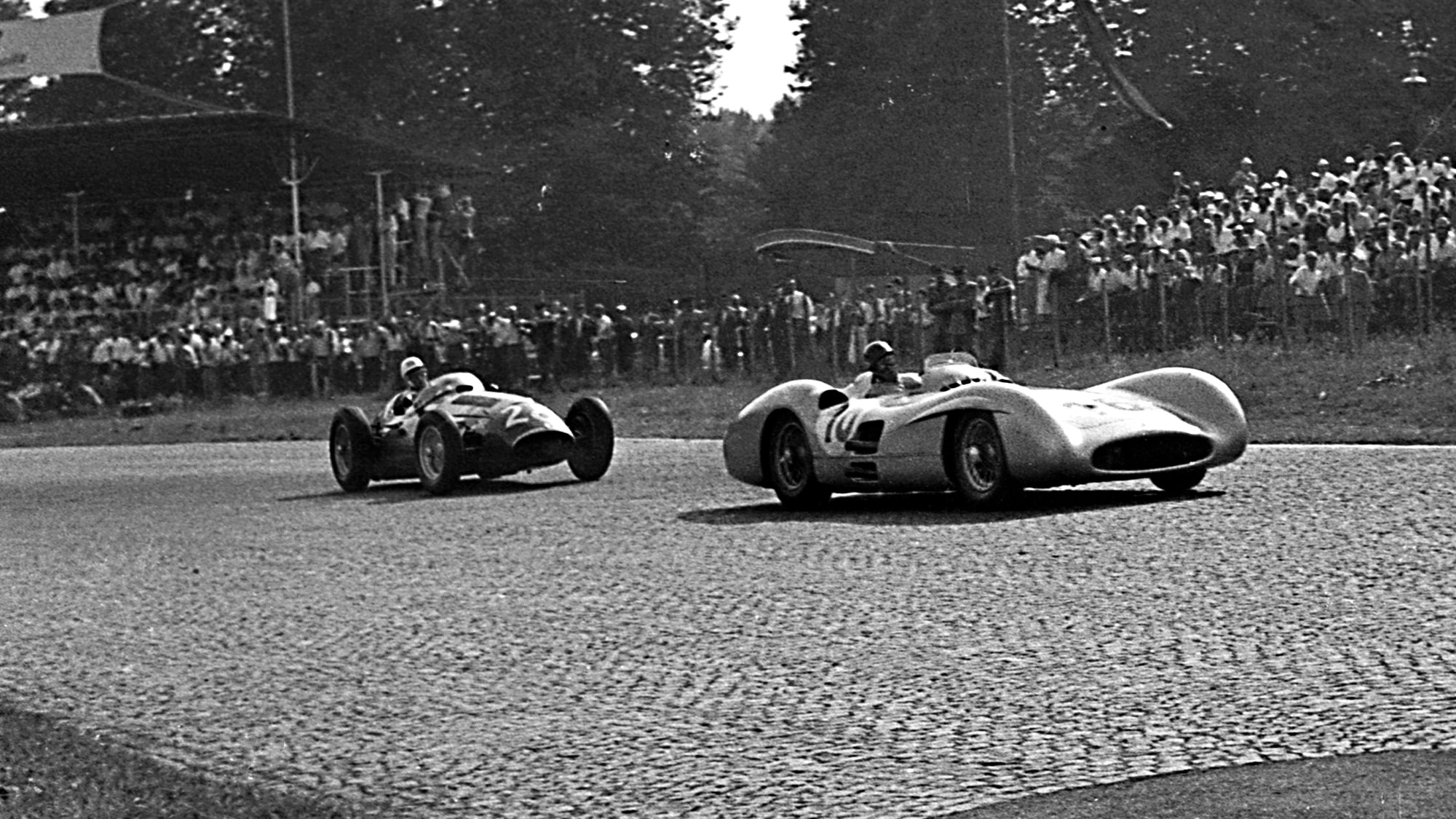
The Interbellum and post-war Grand Prix results
Last edited:
